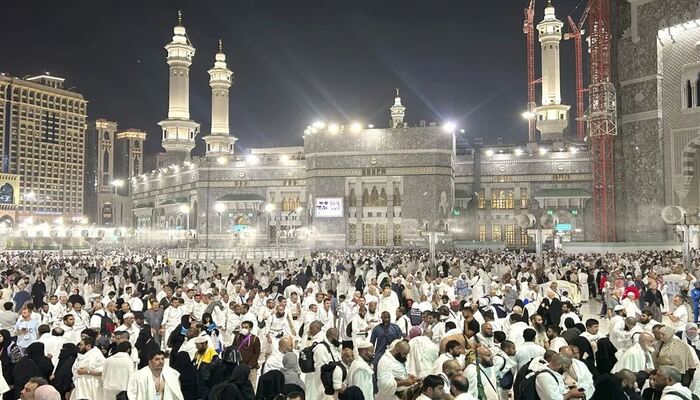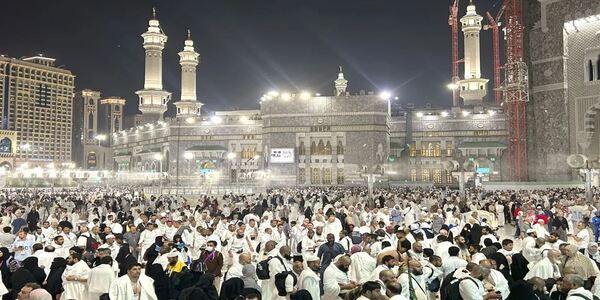
Deadly Mecca–Madinah Highway Crash Claims Lives of 42 Indian Umrah Pilgrims
A major tragedy unfolded on the Mecca–Madinah highway early Monday, where at least 42 Indian Umrah pilgrims were killed after their bus collided with a diesel tanker. The impact sparked an intense blaze that rapidly engulfed the vehicle, leaving several passengers charred and complicating identification efforts.
Authorities reported that many travellers were asleep when the accident occurred around 1.30 am IST, giving them little chance to escape as the fire spread through the remote desert stretch. Most victims are believed to be from Hyderabad and surrounding districts in Telangana.
The Telangana government has initiated urgent coordination with the Indian Embassy in Riyadh and Saudi authorities. Chief Minister A. Revanth Reddy stated that dedicated teams from the NRI Affairs Department and officials in New Delhi are closely monitoring rescue, identification, and support efforts.
What Is Umrah?
Umrah is a highly revered, though non-mandatory, Islamic pilgrimage to the holy city of Mecca. Unlike Hajj—which has specific dates—Umrah can be performed at any time of the year. For millions of Muslims worldwide, it represents a journey of spiritual purification, reflection, and renewed devotion.
Pilgrims undertake Umrah to seek forgiveness, offer heartfelt prayers, and strengthen their connection with Allah. Though shorter in duration than Hajj, its emotional and religious significance remains profound.
How Umrah Is Performed
Umrah comprises a sequence of sacred rituals performed in and around Masjid al-Haram:
1. Entering the State of Ihram
Pilgrims begin by entering ihram, a spiritual state marked by specific intentions and simple white garments. During this phase, travellers observe several religious restrictions symbolising humility, equality, and focus on worship.
2. Tawaf: Circling the Kaaba
Upon reaching Masjid al-Haram, pilgrims perform tawaf—circumambulating the Kaaba seven times counterclockwise. This act signifies unity, devotion, and the centrality of God in one’s life.
3. Sa’i Between Safa and Marwah
Next, pilgrims walk seven times between the hills of Safa and Marwah. This ritual commemorates Hagar’s desperate search for water for her son, Ishmael, embodying perseverance and trust in divine mercy.
4. Halq or Taqsir The pilgrimage concludes with halq (shaving the head) or taqsir (cutting a portion of hair), symbolising spiritual renewal and completion of the sacred journey.
A Spiritual Journey Overshadowed by Tragedy
For families awaiting the return of their loved ones, the tragedy has cast a deep shadow over what was meant to be a deeply spiritual experience. As rescue and identification efforts continue in Saudi Arabia, Indian authorities remain engaged to support affected families and bring clarity to the unfolding situation.
This incident underscores the vulnerability of large-scale pilgrimage travel and highlights the need for continued vigilance and safety measures for pilgrims embarking on religious journeys.


